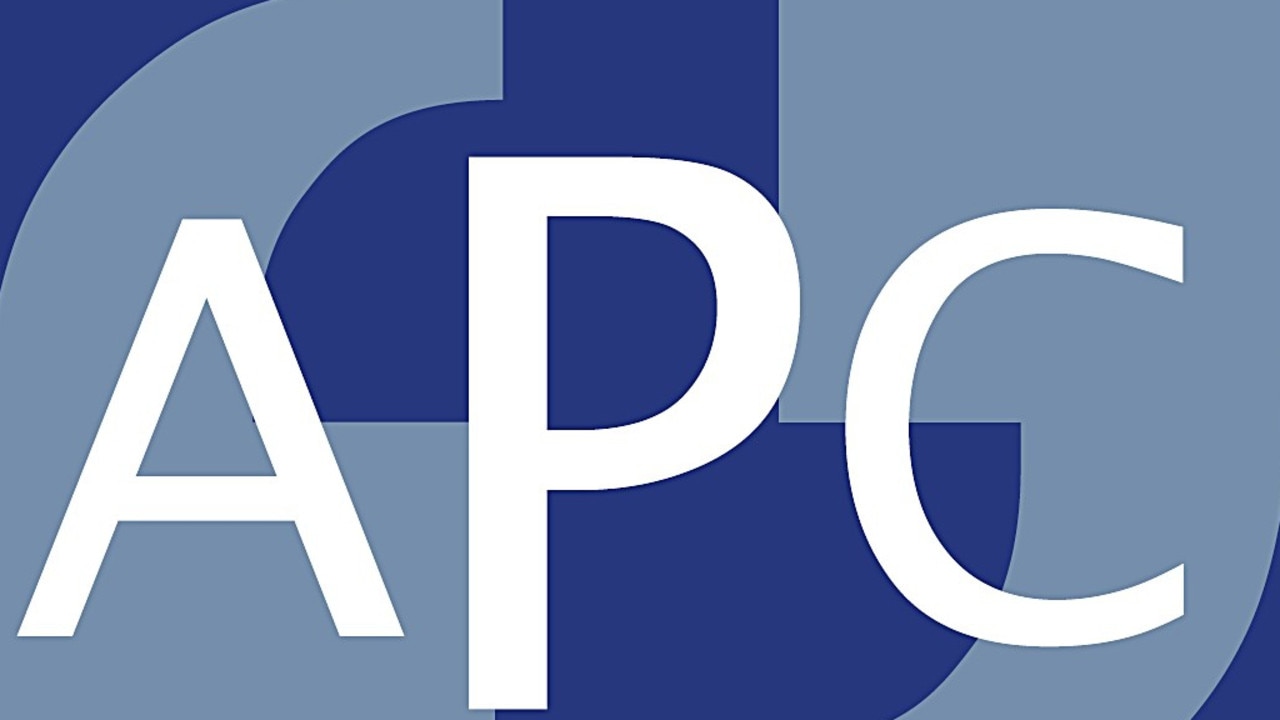Press Council Adjudication
The Press Council has upheld a complaint by Lisa Guglielmucci.

For the Record
Don't miss out on the headlines from For the Record. Followed categories will be added to My News.
The Press Council considered a complaint from Lisa Guglielmucci concerning an article published in The Daily Telegraph headed “Liar cleric’s fresh call’” in print and “Disgraced Hillsong singer Michael Guglielmucci launches homeless charity” online on 3 April 2021.
The article reported that “Disgraced fake cancer pastor Michael Guglielmucci has resurrected his career, setting up a charity to support the terminally-sick and homeless.” The article went on to state that “The pop star preacher, who performed with the Hillsong church band and confessed to inventing a two-year cancer battle to hide his porn addiction, has resurfaced announcing God has called him to create a community that feeds and supports the homeless, asylum seekers and the chronically and terminally ill in Port Adelaide.”
The article included a large and prominent photograph with the caption: “Popstar preacher Michael Guglielmucci is starting a charity”.
The complainant said the photo used in the article is of her “deceased husband but the story is not about him, it is about his brother”. The complainant said the incorrect use of the photo caused her deep distress seeing her “amazing, faithful and integrous late husband in a half page newspaper report with words like LIAR and DISGRACED plastered next to his photo”. The complainant said the article which comments on a fake cancer journey and a porn addiction “paints such a shameful horrible picture about [her late] husband when it’s not even about him and he did nothing wrong”.
In response, the publication said the photo was published by mistake as the photo taken from its photo library had been incorrectly captioned. The publication said that once it was informed that the photo was incorrect, it immediately removed it from the online article and also removed it from online stories published on other associated news sites. The publication said it also published a clarification in the next print edition and added an editor’s footnote to the online article to advise readers of the error that had occurred. The publication also said that after being contacted by the complainant, it wrote to her to apologise for the mistake and to inform her that the photograph had been removed from the article and also from its photo
library to ensure that it could not be used incorrectly again.
Conclusion
The Council’s Standards of Practice applicable to this matter require that publications take reasonable steps to ensure that factual material in news reports and elsewhere is accurate and not misleading and is distinguishable from other material such as opinion (General Principle 1), and to provide a correction or other adequate remedial action if published material is significantly inaccurate or misleading (General Principle 2).
The Standards also require publications to take reasonable steps to avoid causing or contributing materially to substantial distress or prejudice, or a substantial risk to health or safety, unless sufficiently in the public interest (General Principle 6).
The Council accepts that the publication of the photograph was the result of human error. Nonetheless, the Council considers that given the seriousness of the reported conduct of the individual named in the article, there was an obligation on the publication to ensure that the photo was in fact that of the person named in the article. Accordingly, the Council considers the publication did not take reasonable steps to verify the photograph, and to ensure that the factual information in the article was accurate. Accordingly, the Council finds that General Principle 1 was breached.
The Council considers that given the seriousness of the mistake it would have been preferable for the publication to publish a prominent correction rather than a clarification. Nonetheless, the Council commends the publication for immediately removing the online photo once the mistake was brought to its attention. The Council also notes that together with a written apology, the publication published a print clarification and added an editor’s note on the online article informing readers of the mistake. Accordingly, the Council finds no breach of General Principle 2.
The Council considers that given the prominence of the photo and the seriousness of the reported past conduct of the individual named in the article and the failure to verify the accuracy of the photo, the publication failed to take reasonable steps to avoid substantial distress. Accordingly, the Council finds that General Principle 6 was breached.
For the full Adjudication, see: https://www.presscouncil.org.au/document/1815-complainant-dailytelegraph


